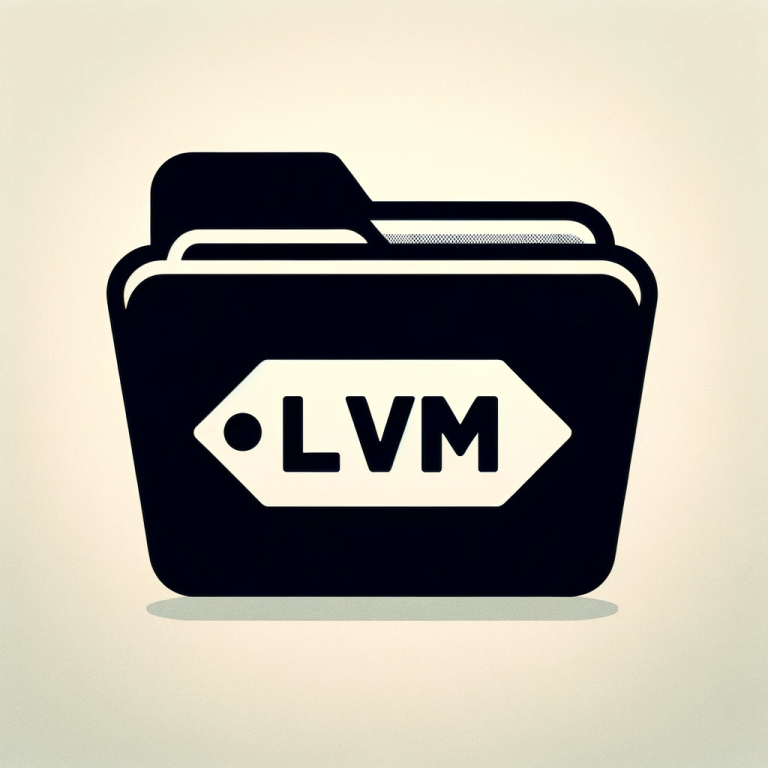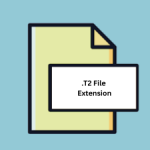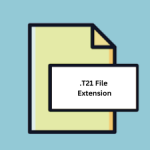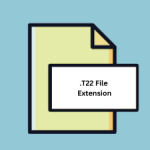.LVM File Extension

LabVIEW Measurement File
| Developer | National Instruments |
| Popularity | |
| Category | Data Files |
| Format | .LVM |
| Cross Platform | Update Soon |
What is an LVM file?
The LVM file extension, standing for LabVIEW Measurement File, is a specialized file format developed by National Instruments.
It is primarily associated with LabVIEW, a system-design platform and development environment for a visual programming language from National Instruments. LVM files are pivotal in various engineering and scientific applications for storing measurement data and instrumental outputs.
More Information.
Over the years, the LabVIEW environment has evolved, becoming a standard in many engineering fields for data acquisition and instrument control.
The initial purpose of LVM files was to provide a straightforward, text-based format for storing measurement data. This data could include anything from simple time and voltage measurements to more complex scientific data.
Origin Of This File.
LabVIEW, the software responsible for the creation of LVM files, was first released in 1986. It was designed as a tool for automating the data collection and processing functions of instruments and test equipment.
The LVM file format was introduced as a means to effectively store and manage the data acquired from these instruments.
File Structure Technical Specification.
An LVM file is typically structured in ASCII text format, making it easily readable both by humans and machines. The file usually contains a header section, which includes metadata about the data (like the date, time, and author), followed by the data section.
The data is often presented in a tabular format, with columns and rows representing different variables and their respective values.Technical specifics of LVM files include:
- Header Information: Details about the file, including the version of the LVM format, separator characters, and other metadata.
- Segment Information: Data is segmented with each segment potentially having different characteristics.
- Data: Usually presented in a tabular format, with each row representing a measurement and each column representing a different parameter or variable.
How to Convert the File?
To convert a LabVIEW Measurement (LVM) file to another format, such as CSV or Excel, you can follow these steps:
1. Using LabVIEW:
- Open LabVIEW: Start the LabVIEW application.
- Read the LVM File: Use LabVIEW’s data reading functions to load the LVM file into the program.
- Manipulate or Analyze Data: If needed, you can process or analyze the data within LabVIEW.
- Export Data: Use LabVIEW’s built-in functions to export the data. You can typically export to formats like CSV or Excel directly from LabVIEW.
2. Using a Script in Python or Another Programming Language:
- Read the File: Open the LVM file in your chosen language (Python, MATLAB, etc.). Since LVM files are text-based, you can read them like any other text file.
- Parse the Data: Write a script to parse the structured data from the file. This involves reading the headers, columns, and data entries correctly.
- Write to New Format: After parsing, write the data to a new file in the desired format, like CSV or Excel. Python’s
pandaslibrary, for instance, can easily export data frames to various formats.
3. Using Third-Party Conversion Tools:
- Find a Conversion Tool: Search for a tool that supports converting LVM files.
- Upload or Import the LVM File: Follow the tool’s process to input your LVM file.
- Select Output Format: Choose the format (CSV, Excel, etc.) to which you want to convert.
- Convert and Download: Execute the conversion and download the converted file.
4. Using Excel or Other Spreadsheet Software:
- Open Spreadsheet Software: Open Excel or a similar program.
- Import Data: Use the import data functionality to select and import the LVM file.
- Adjust Format if Necessary: You might need to adjust the formatting to correctly display the data.
- Save in New Format: Once imported and formatted, save the file in your desired format (like .xlsx for Excel).
Advantages And Disadvantages.
Advantages:
- Human-Readable Format: Being in ASCII text format, LVM files are easy to read and understand.
- Compatibility: Easily integrated with other data analysis software, particularly those used in scientific and engineering fields.
- Flexibility: Can store a wide range of data types, making it versatile for various applications.
Disadvantages:
- File Size: Text files are typically larger than binary files, making LVM files potentially unwieldy for very large datasets.
- Processing Speed: Text processing is generally slower than binary processing, which can be a drawback for large-scale data analysis.
How to Open LVM?
Open In Windows
- LabVIEW: The primary tool for opening LVM files in Windows is LabVIEW, which is the software used to create these files.
- Text Editors: Since LVM files are text-based, you can also open them using text editors like Notepad, Notepad++, or Sublime Text for viewing and editing purposes.
- Data Analysis Tools: Applications like Microsoft Excel can import LVM files for data analysis, though some formatting adjustments may be required.
Open In Linux
- LabVIEW for Linux: National Instruments offers a version of LabVIEW for Linux, which can be used to open and manipulate LVM files.
- Text Editors: Linux has a variety of text editors such as Gedit, Vim, or Emacs, which can be used to view LVM files.
- Programming Languages: Python or other scripting languages with appropriate libraries can be used to parse and view the data in LVM files.
Open In MAC
- LabVIEW: Similar to Windows and Linux, macOS users can use LabVIEW for opening LVM files.
- Text Editors: macOS provides text editors like TextEdit or you can use third-party apps like Atom or Visual Studio Code.
- Spreadsheet Applications: Apple Numbers or Microsoft Excel on macOS can also be used to import and analyze LVM file data.
Open In Android
- Text Editor Apps: Since there is no LabVIEW application for Android, the best way to open LVM files is by using text editor apps available in the Google Play Store.
- File Viewer Apps: There are also generic file viewer apps on Android that can open various file formats including plain text files like LVM.
Open In IOS
- Text Editor Apps: For iOS devices like iPhone or iPad, use text editor apps from the App Store to open LVM files.
- File Management Apps: Some file management apps on iOS may also provide the capability to view LVM files.
Open in Others
- Custom Applications: Depending on the platform, there might be custom applications capable of opening or interpreting LVM files.
- Cross-Platform Text Editors: Cross-platform text editors or document viewers, if available for the platform, can be used to view the content of LVM files.
- Convert to Compatible Format: If no direct method is available, converting the LVM file to a more widely supported format (like CSV) on a different system and then transferring it to the device could be a viable solution.













